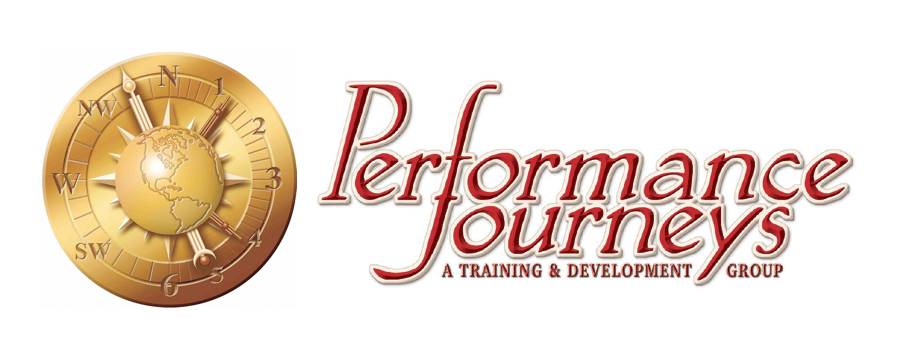Much has been written and said recently about the importance of Employee Engagement. There have been extensive studies about what employee engagement is (buy-in, ownership, and passion for the organization’s success) and how to create it. Unfortunately, most attempts to develop employee engagement have fallen short of getting sustainable results. One key reason? Companies make the critical error of rolling out a single approach to address engagement across the entire organization.
This never works because engagement isn’t a problem equally across all teams. This common “one size fits (supposedly) all” approach fails, because whatever the plan, it only is relevant to a minority of the workforce and never gains enough momentum to truly shift the culture. The truth is, only MANY sizes fits all – so an effective strategy requires an inclusive approach to these differences in engagement across the workforce.
According to a 2016 Press-Ganey study, there are three primary tiers of engagement – each requiring its own approach to developing or maintaining a high(er) level of engagement.
The highest tier is those who are already highly-engaged. For these types, the goal is to reward and recognize the ownership and passion that is being demonstrated. In addition, it is important to identify role models and best practices to serve as aspirational goals for the rest of the company. In addition, leveraging these role models can help develop mentor-mentee relationships that help support other, less-developed parts of the organization.
The next tier is those who are moderately engaged. The best action for those at this level is to provide support, assess for improvement readiness, and action plan to take these teams to the next level.
The bottom tier is those who are the lowest level of engagement. For this level, it is imperative to identify the reasons for the low engagement and address the deeper issues affecting them. Offering additional Management and Human Resources support while assessing their readiness for action planning and establishing some kind of mentor program will provide a remedial experience that would otherwise be deemed “offensive” to those in higher tiers.
Creating an “a la carte” menu of development options and guiding each team based on their tier will help customize the intervention in a way that is most appropriate for everyone involved.
For example, Grady Health System in Atlanta shifted their time, efforts, and budget toward utilizing this tiered approach, with the bottom tier teams getting the most attention. With the help of higher-tiered mentors and human resources support, the organization experienced a dramatic improvement. In one year, Grady Health System saw a 500% increase in the percentage of work units in Tier 1 (from 4% to 21%), and significantly reduced the number of work units in Tier 3 (from 65% to 33%) and its voluntary turnover (from 25% to 12%).
Improving your engagement efforts using this tiered approach leverages the strengths that already exist in your organization and optimizes your use of resources – for superior, long-lasting results. Tired of the “cookie-cutter program of the month” problem? Start seeing your employee engagement the real-life way that it is…and customize your way to success!


Comments are closed.